Hepatocellular Carcinoma in Hispanic Patients with Chronic Hepatitis
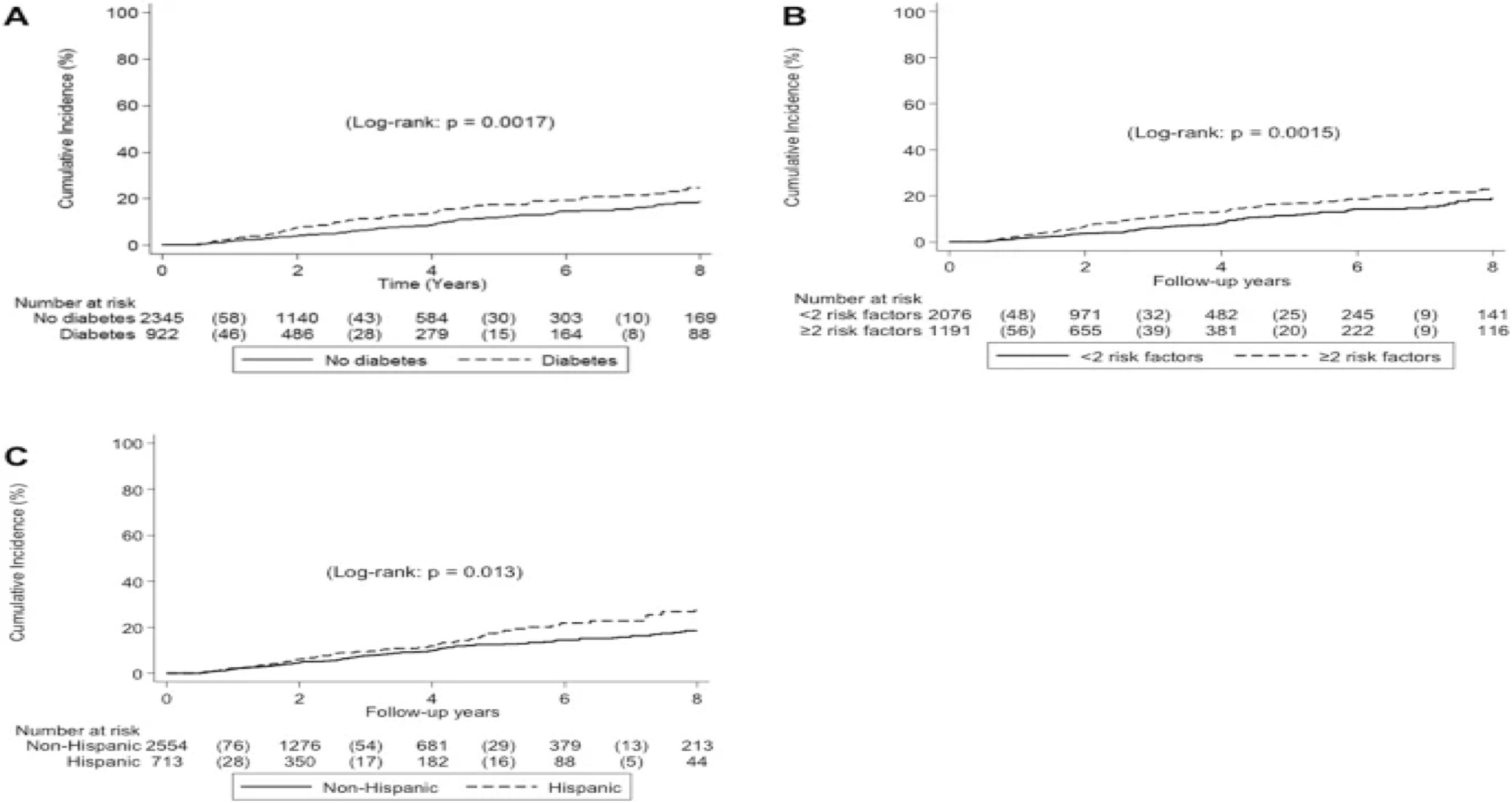
C living in New York from 2003-2023
Sowmya Sri Chittari Hofstra University -MPH
Introduction :
This study aims to investigate the incidence, risk factors, and clinical outcomes of hepatocellular carcinoma (HCC) in Hispanic patients with chronic hepatitis C and metabolic syndrome, as these patients are at a higher risk for developing this cancer.
While the incidence of HCC has been increasing worldwide, there is limited research on the epidemiology and clinical outcomes of HCC in this specific population. The study found that Hispanic patients with chronic hepatitis C and metabolic syndrome had a significantly higher risk of developing HCC compared to nonHispanic patients with the same conditions.
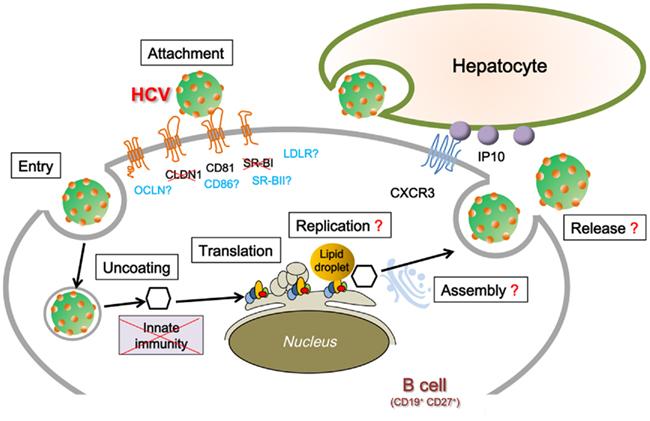

This highlights the need for more targeted screening and surveillance for HCC in Hispanic patients with chronic hepatitis C and metabolic syndrome, as early detection can lead to better treatment outcomes and improved survival rates. The findings from this study may inform clinical practice and guide the development of interventions aimed at reducing the burden of HCC in this high-risk population.
Objectives and Hypothesis :
The objective of this study is to evaluate the incidence of hepatocellular carcinoma (HCC) in Hispanic patients with chronic hepatitis C infection, with a focus on the impact of metabolic syndrome as an exposure/intervention. The study population will consist of Hispanic patients with chronic hepatitis C infection living in the New York area of the United States from 2003 to 2022.

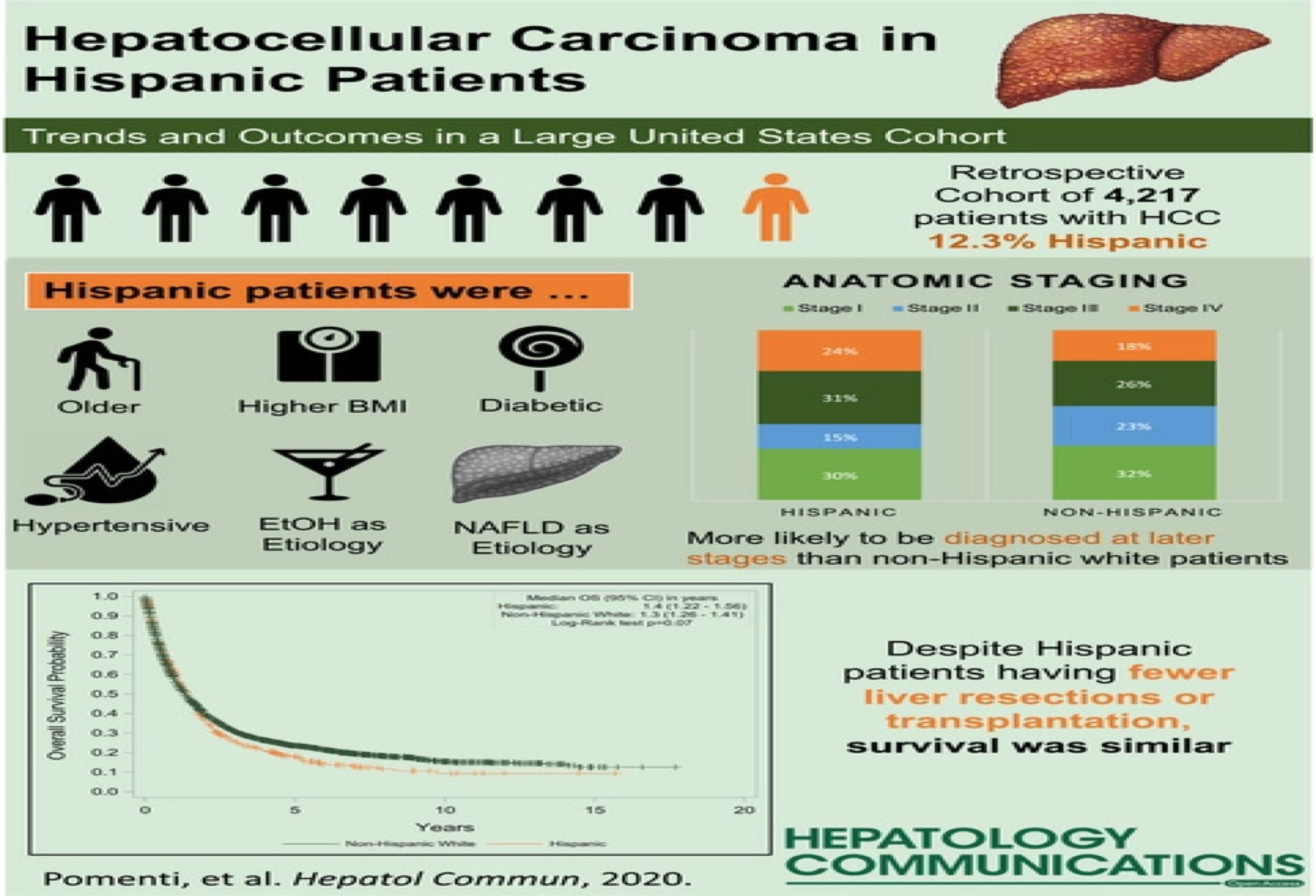
The exposure/intervention of interest will be the presence of metabolic syndrome in chronic hepatitis C patients. A comparison group will be included, consisting of patients with chronic hepatitis C infection but without metabolic syndrome The outcome of interest will be the incidence of HCC in both groups. The study used is Retrospective cohort design to compare the incidence of HCC in the exposed and nonexposed groups. To increase surveillance and awareness of HCC in Hispanic communities and among Hispanic care providers and health care systems, the study findings will be disseminated through social media, local/national news, and public health communication
Research Design :
graphs and images to this section.
This is the Retrospective Cohort Study and the outcome variables is HCC. Participants were followed from 2003-2023.
Inclusion criteria:
• Adults aged between 18-65 yrs
• Hispanic ethnicity
• People with Diagnosis of hepatitis C infection
• Diagnosis of HCC.
• Patient records available for review
Exclusion criteria:
• Patients with incomplete medical records
• Patients with other types of liver cancer, such as cholangiocarcinoma or hepatoblastoma
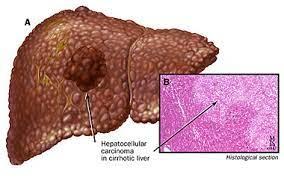
• Patients with a history of liver transplantation
Methodology :
This study will use a retrospective cohort design with biennial active follow-up from 2003 to 2023. The study population will consist of Hispanic patients with chronic hepatitis C infection living in the New York area of the USA, who will be identified using the electronic medical records (EMR) from the patient's medical records.
Patients will be screened for metabolic syndrome using ATP III criteria, and medical charts will be reviewed with pathological confirmation. The primary outcome of interest will be the incidence of HCC, measured using the population-based SEER data registry and the death certificate data from the SEER Vital Statistics.
Data will be analyzed using the SEER stat software and Microsoft Excel or RED CAP for data management. Descriptive statistics and multivariable regression analysis will be used to evaluate the association between metabolic syndrome and HCC.
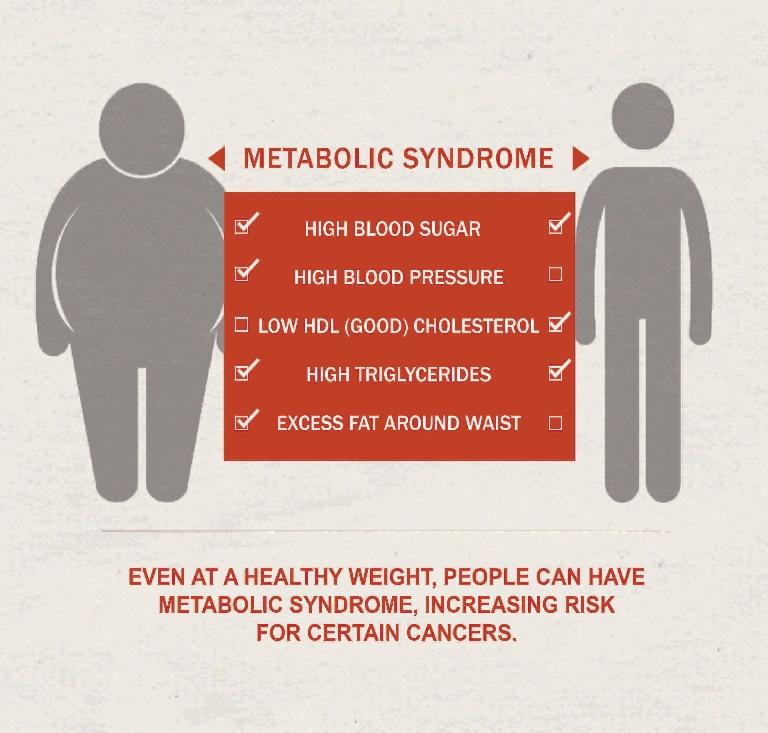
Socioeconomic status will be approximated by the patient's zip code or other demographic information
Results :
The results suggest that Hispanic patients with chronic HCV infection and metabolic syndrome have a higher risk of developing HCC compared to non-Hispanic patients with the same conditions
Conclusion :
This study has the potential to improve the understanding of the epidemiology, risk factors, and outcomes of HCC in Hispanic patients with chronic HCV infection in New York of the United States. public health recommendations may include the need for targeted screening and surveillance for HCC in Hispanic patients with chronic HCV infection and metabolic syndrome. Additionally, health care providers and systems serving Hispanic communities may need to consider implementing regular screening protocols for HCC in this high-risk population. Early detection can lead to better treatment outcomes and improved survival rates, which could help to reduce the burden of HCC in Hispanic communities. The results may inform future research, clinical practice, and public health policies aimed at reducing the burden of HCC in this population.
References :
